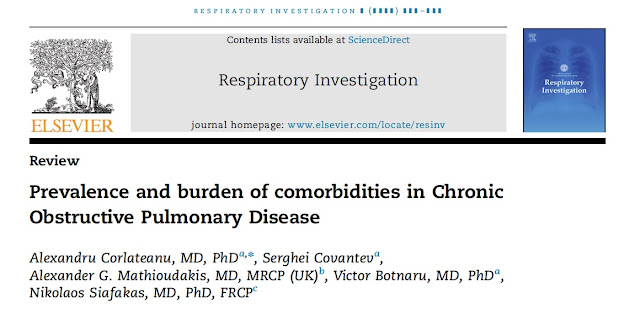Mesothelioma
is a type of cancer that affects the mesothelium, a tissue that lines
most of the body’s organs. The most common type is pleural mesothelioma,
cancer of the pleura or lining of the lungs. This cancer is aggressive,
takes years to develop into recognizable symptoms, and is often
diagnosed only after it is too late to expect treatment to cure it. For
most people, this terrible illness is a death sentence.
Causes and Risk Factors
Doctors
and researchers cannot pinpoint an exact cause of mesothelioma, which
is not a common type of cancer. It is likely an interaction of several
factors that leads to the development of malignant tumors. These include
genetics, environmental factors, lifestyle, and health. While the cause
cannot be made definite, there is one huge risk factor for mesothelioma that stands apart from all others: asbestos exposure.
Asbestos
is a natural mineral that has been used for hundreds of years in a
number of applications from insulation to shipbuilding to car brakes. It
has been used for so long and in so many different ways because it is
very strong and resistant to heat. Because asbestos is fibrous, when it
is broken apart, particles get in the air and can be inhaled.
It
is this inhalation that is the number one risk factor for mesothelioma.
People who worked in conditions that included asbestos fibers and
inadequate safety gear are at serious risk for the cancer. It can take
20 years and more for the cancer to develop and show symptoms and too
many people are surprised later in life with this terrible diagnosis.
Treatment for Mesothelioma
It
is unfortunate that this type of cancer is so aggressive and often gets
diagnosed in later stages; many people don’t survive and treatments may
only extend a patients’ life a little longer. Still, many opt for
treatments to live longer and to be more comfortable.Treatment options for pleural mesothelioma include
surgery to remove the cancerous tissue or even an entire lung,
chemotherapy or radiation to kill cancer cells, and clinical trials with
new medications and therapies, including gene therapy.
Mesothelioma and Legal Action
Many
people diagnosed with mesothelioma were exposed to asbestos at work.
This especially includes people who worked on ships or in construction
with asbestos insulation. Most of these workers who end up with this
terrible type of cancer had no idea that they were exposed to asbestos
fibers or that they were at risk. They feel wronged and many want
justice.
Mesothelioma lawsuits continue
to rise because of these people suffering from cancer. They are working
with lawyers to sue their employers, to file claims, and to seek
compensation from asbestos trust funds. Their employers failed in a
responsibility to provide them with a safe workplace, and now they are
getting both compensation and justice for their suffering.
A Survivor’s Story
Katherine
Keys is a woman who battled the odds and won. Diagnosed with pleural
mesothelioma at age 49, she was given just two years to live, even
though the cancer was rated as stage 1. Determined to fight and survive,
Katherine underwent surgery to remove her right lung along with its
pleura. She also had radiation treatment for several months.
Katherine
is in remission and is now down to only annual follow ups to make sure
that the cancer has not returned. Losing a lung has been difficult and
she experiences pain and certain limitations, but is happy to be alive.
Her story is one that brings hope to others battling this terrible type
of cancer.
















